We’re back with another Exploded View, and this time we’ve dissected a fan-favorite SLR. It’s Olympus’ OM-2, one of the smallest and most technologically advanced cameras of the film era.
When we reviewed the OM-2 we were impressed by its diminutive size, its ease of use, and the incredible accuracy of its exposure meter. Now that we’ve seen how all these gizmos are put together, we’re even more impressed.
The camera’s compact construction made disassembly more difficult than some other machines we’ve tackled, but though we suffered many cuts and blisters we’re still super-stoked to lay this gorgeous camera out for all of you to admire.
For a close inspection and high-resolution images, read on.
We’re not going to rehash all the reasons why the OM-2 is so amazing in this feature. For those who want to know more about the history of the machine, the way it shoots, and why we love it, read our review. For now, let’s just enjoy the view and examine a few details.
Even though we’ve taken apart a lot of cameras, we’re always impressed by the impossible size of some of the components. We may be simpletons, but we just can’t help it. Everything’s so amazingly miniscule.
In the shot above we can see the incredibly detailed viewfinder information display. When looking through the OM2’s viewfinder, this delightfully analog display slides in and out of the photographer’s field of view. Dependent on the selected shooting mode (Auto, Manual, or Aperture Priority), it displays either the selected shutter speed, or a meter needle to indicate over- or under-exposure.
Speaking of the light meter, in the shot below we can see the meter’s indicator needle protruding from the base of the gold-colored housing. We’re not sure exactly what kind of wizardry happens inside that housing, but we’re confident it involves lightning, magnets, a motorcycle-riding-mouse, and the Aurora Borealis.
Next, let’s take a look at the technology that endows the OM-2 with its greatest strength; its phenomenal metering system.
In the photo below we can see where the magic happens. The first of the camera’s two shutter curtains is imprinted with a computer-generated pattern of alternating white blocks, shown in the near-foreground. This distribution of white and black mimics the composition of an average photograph. When the camera’s mirror hinges up, twin metering cells (centrally framed in the photo below) measure the light reflected from the subject as it bounces off of this pattern of blocks.
Using this information, the camera times the release of the second curtain, allowing realtime and step-less adjustments to exposure times. This all effectively occurs instantaneously, and it works incredibly well. While the OM-2 was the very first camera to use this kind of technology, it certainly wouldn’t be the last. The system provided such consistent results that companies as diverse as Minolta, Leica, and Pentax would later copy it.
But the shutter-centric fun doesn’t stop there. One of the more whimsical discoveries we made when dissembling the OM-2 came when we saw the way in which the shutter loads and actuates.
In the shot above we can see a series of pulleys and mildly elastic fibers. Though they look fragile, they’re actually extremely resilient. These mechanisms are responsible for tensioning the shutter into position. We’ve seen similar systems in other cameras, but none have been so well-designed. It’s another indicator of just how exceptional Olympus machines can be.
They can also be a bit funky. In the shot below we see the concentric ring that surrounds the lens mount. This ring is turned to adjust the camera’s shutter speed in Manual shooting mode, which is a bit different from the top-plate-mounted selector knob used on most cameras. While other manufacturers occasionally used a similar control method, it’s uncommon enough to be one of the charming quirks we enjoy about using Olympus’ OM machines.
And without delaying any longer, let’s take a look at the OM-2’s guts splayed out on a cold, white slab. Here we can clearly see the mind-bending number of precisely manufactured parts that must work in perfect concert for us to make an image.
It’s easy to click a shutter and snap a picture. In time, we begin to take it for granted. Many people have no idea how a camera works. They just know that if they press the shutter it will magically make an image. And that’s fine; there’s nothing wrong with a little magic. But sometimes to really appreciate the magic, it’s important to know how the trick is done.
When we take these machines apart, we see them the way their designers saw them. We see the care and attention that went into designing every fastener, every lever, every nuanced detail of every component. With a little studying, we can see the way these countless mechanisms work in concert with the photographer to create an image, and we begin to understand the true magic of taking a picture.
If we didn’t know it before, it reminds us that these machines are worth using, worth appreciating, and worth cherishing.
We hope you’ve enjoyed this look into the inner workings of another vintage camera. If there’s a specific machine you’d like us to peer into, let us know about it in the comments. Maybe we’ll break it down for you in our next Exploded View.
Buy the print here or from our Etsy shop
Follow Casual Photophile on Facebook and Instagram
[Some of the links in this article will direct users to our affiliates at B&H Photo, Amazon, and eBay. By purchasing anything using these links, Casual Photophile may receive a small commission at no additional charge to you. This helps Casual Photophile produce the content we produce. Many thanks for your support.]

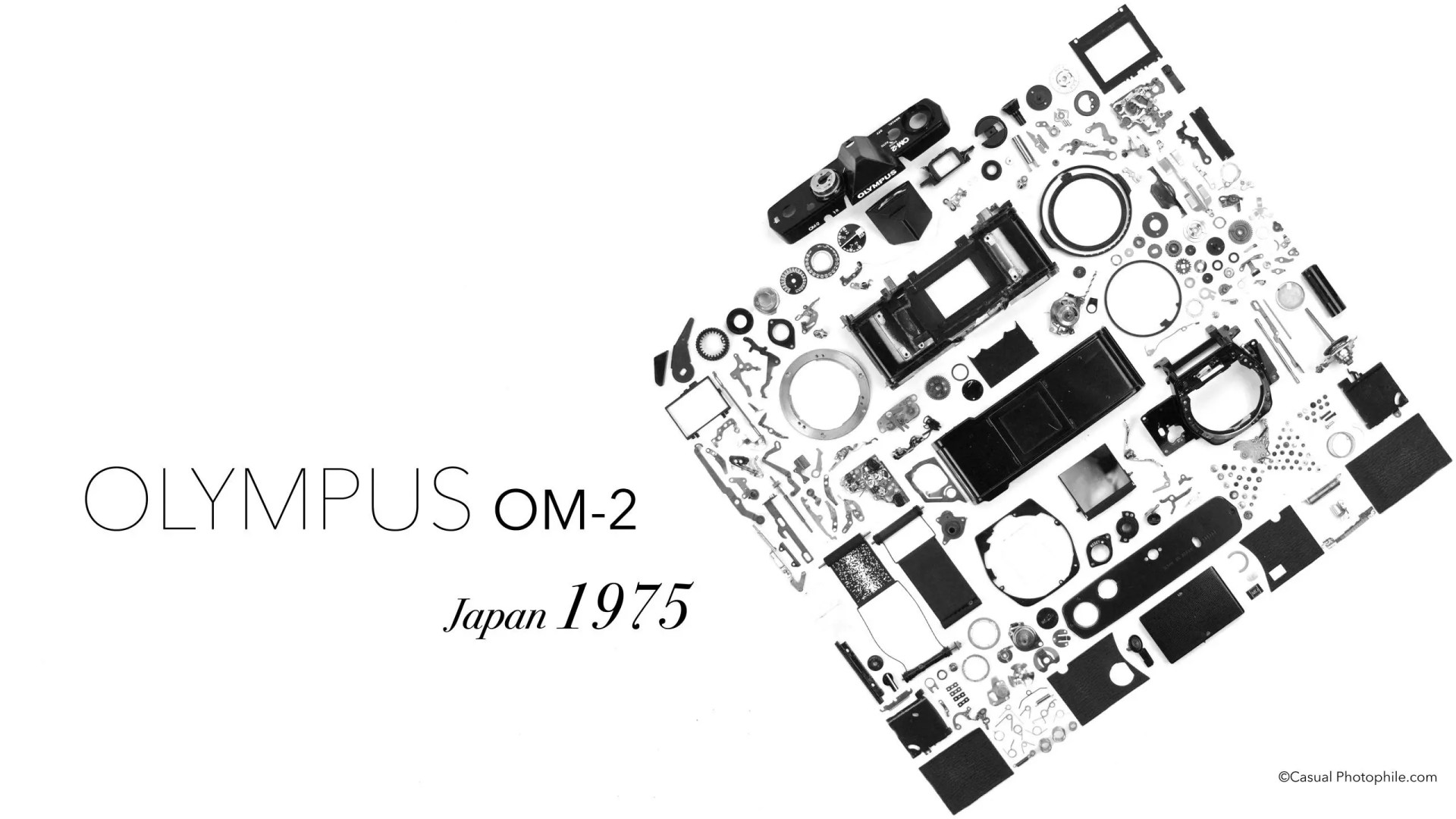
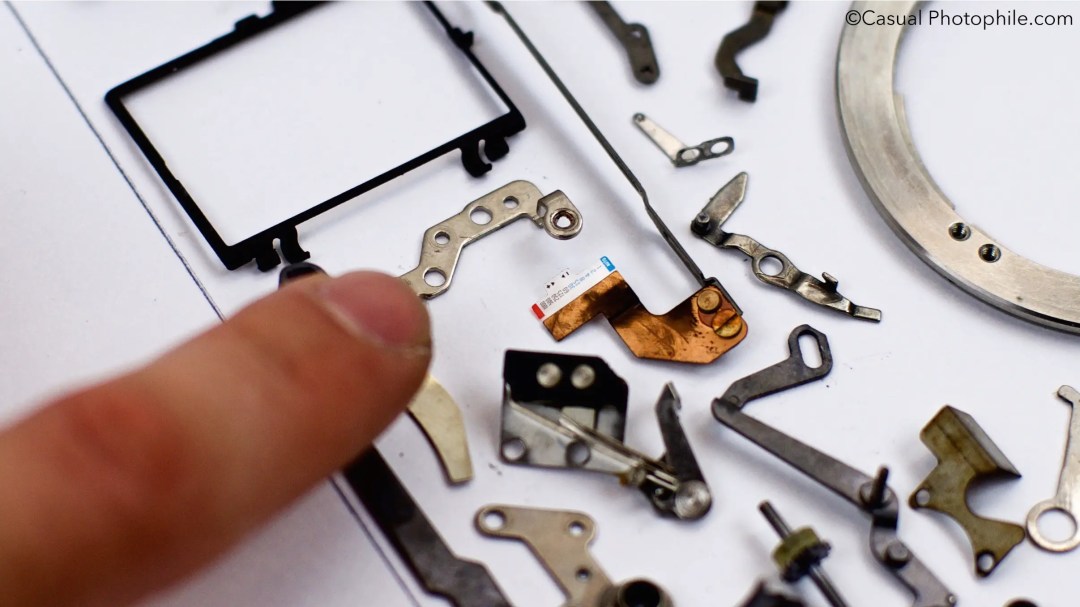
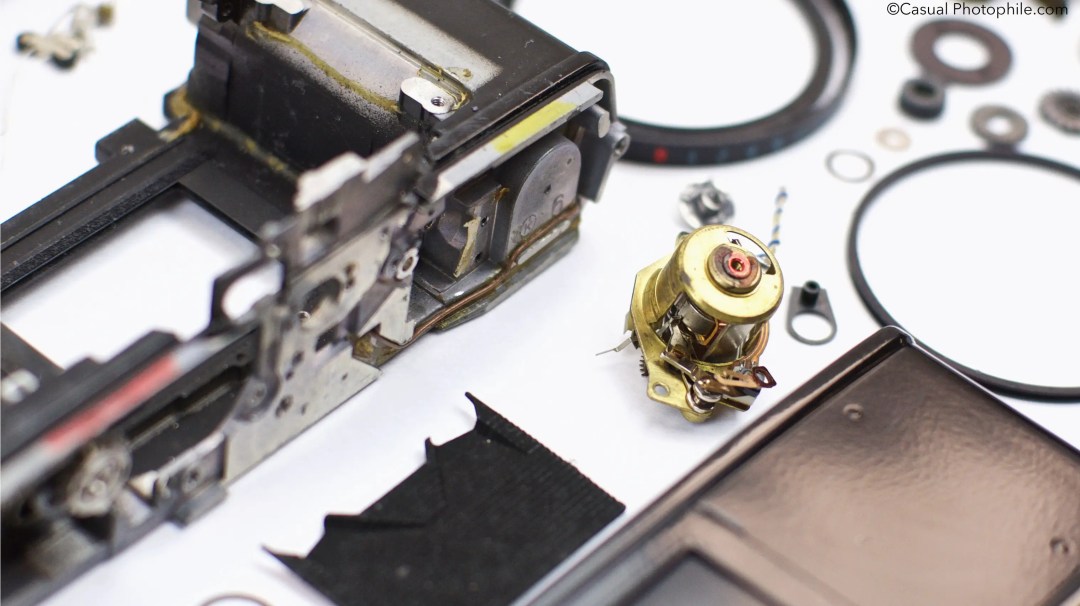
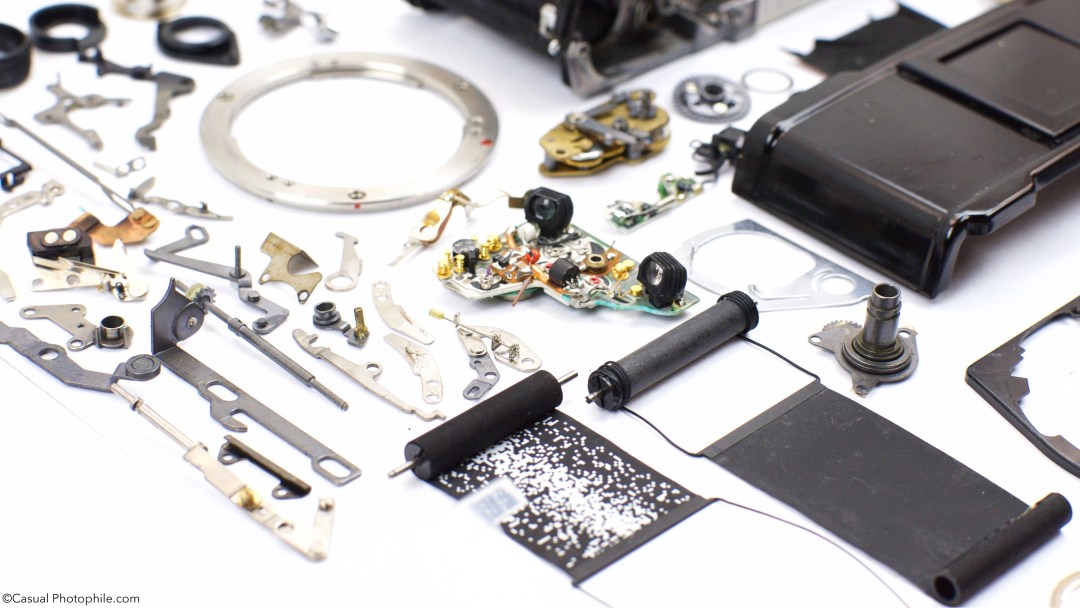
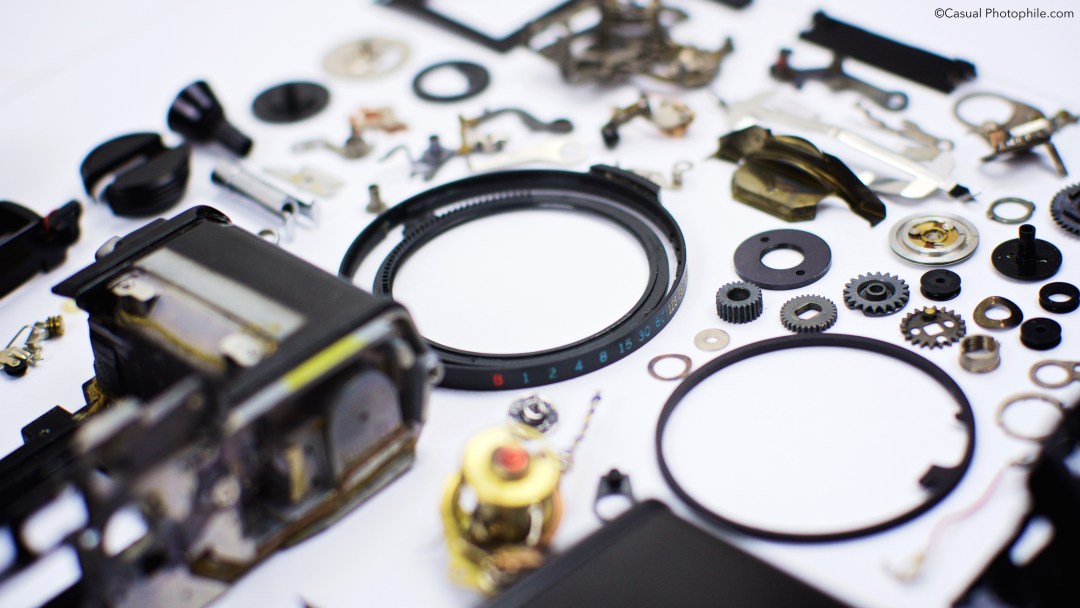
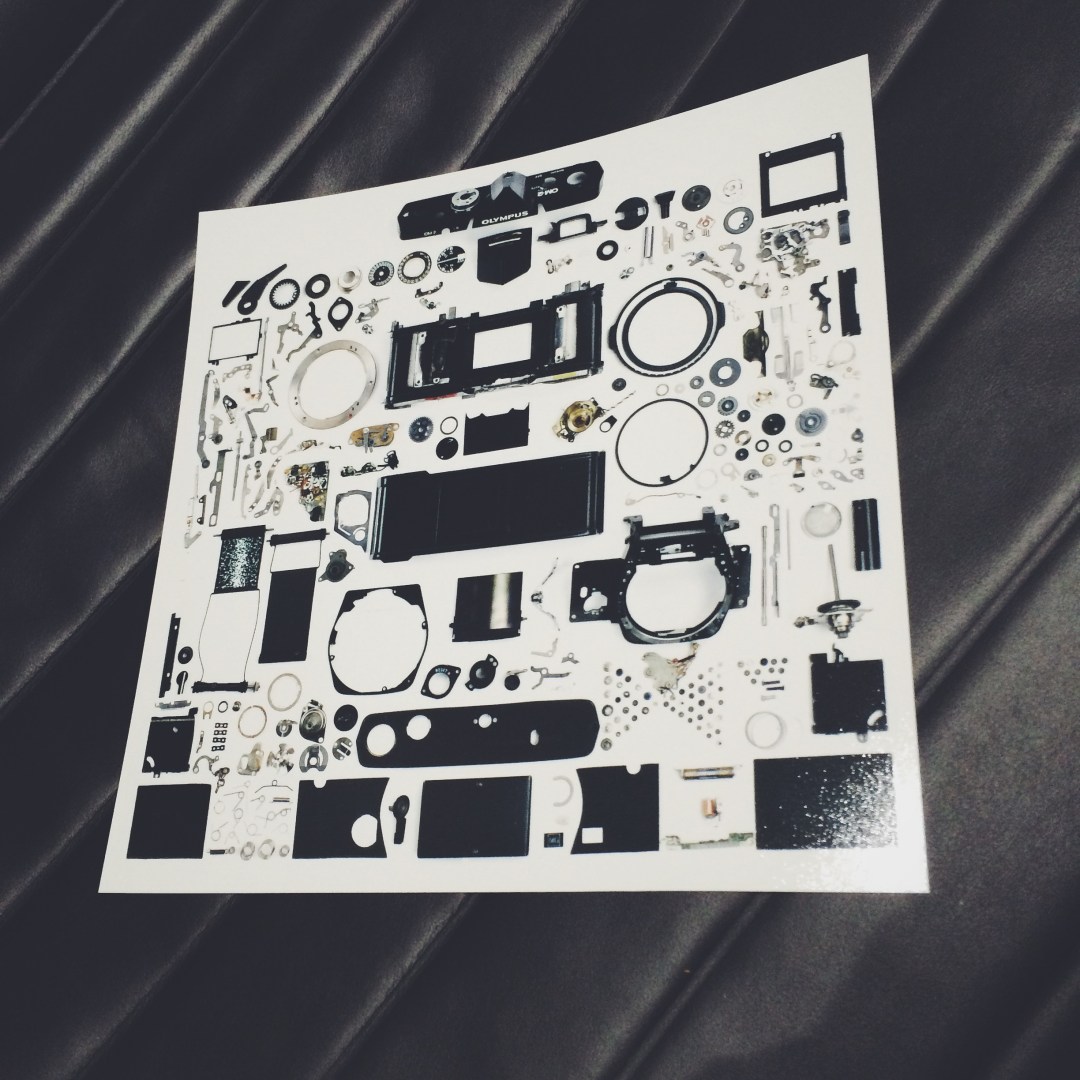

I would like to see an exploded view of the later OM-101 (US OM-88) camera. More plastic I quess.